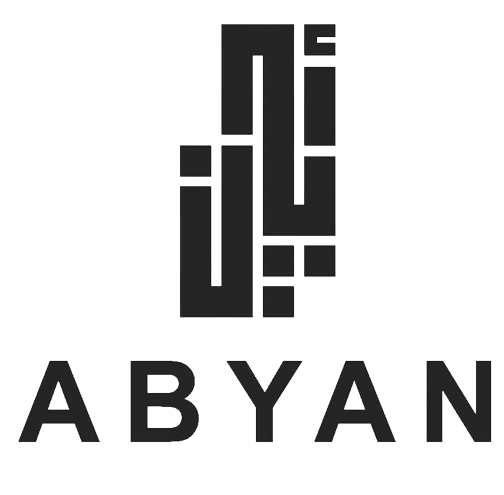In traditional tank construction using form-work and concrete, the uniform thickness of tank walls is dictated by the limitations of form-work. 3D construction printing eliminates this constraint, empowering structural engineers to vary wall thickness strategically. In cases like constructing large tanks, where gravity and water pressure induce varying stress levels, 3D printing allows for thicker walls at the bottom, where stress is higher, and thinner walls at the top. This not only optimizes material usage but also enhances the economic and sustainable aspects of tank construction.
The practical application of this engineering principle is evident in a tank in Kuwait, showcasing a variable wall thickness of 40cm at the bottom, 30cm in the middle, and 20cm at the top. This innovative approach resulted in a 25% reduction in concrete and reinforcement compared to a conventional tank with uniform 40cm walls. These tanks were printed using a cost-effective C40/50 concrete mix produced on-site through the D.fab solution and associated printing equipment developed by CEMEX and COBOD. Notably, 99% of the raw materials were locally sourced, aligning with sustainability goals
